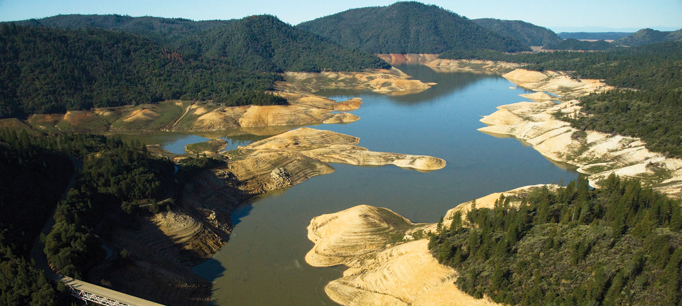This is part of a continuing series on the impact of the drought.
An international consortium of water economists gathered at the World Bank headquarters in Washington, D.C. earlier this fall for two days of meetings on water policy research. The timing was opportune, as the World Bank – which provides financial and technical assistance to developing economies around the globe – recently reorganized to provide a new emphasis on water resources. The conference theme was the economics of water conservation and efficiency, with researchers looking at the role of technology, pricing, and institutions to effectively and efficiently manage water resources under conditions of increasing scarcity. In light of the national and international attention to California’s ongoing drought, I was asked to give keynote remarks about lessons from California for other regions of the world.
I highlighted four central ideas. (My presentation is 22 minutes into this video.) First, urban areas the world over can improve drought resilience by diversifying their water portfolios, rather than relying on a single source of water. Second, although conservation is important, policymakers should be mindful that improved irrigation efficiency is not a panacea to cope with drought, because much of the water “saved” is already being reused by others downstream.
Third, sustainable groundwater basin management—the approach now called for under California’s historic groundwater legislation—is an invaluable drought management tool because it means more groundwater will be available to help get through dry times. But getting there can imply costly trade-offs in basins that rely heavily on groundwater, requiring institutional and financial support to help water users make the transition.
And fourth, like California, many regions can benefit from repurposing their storage and conveyance infrastructure to better cope with droughts and the growing water scarcity expected with climate change. In particular, storing more water for dry years in groundwater basins, and using surface reservoirs for seasonal storage and flood protection, can be cost-effective ways to adapt to an increasingly variable climate.


